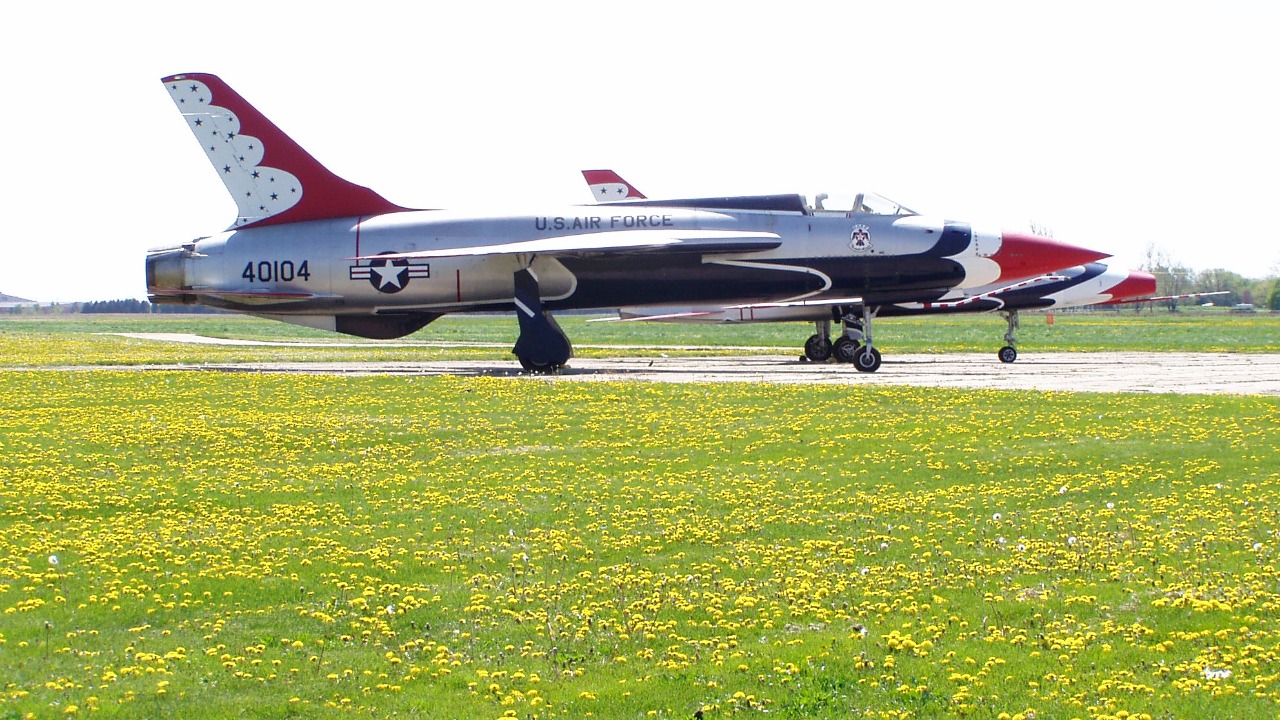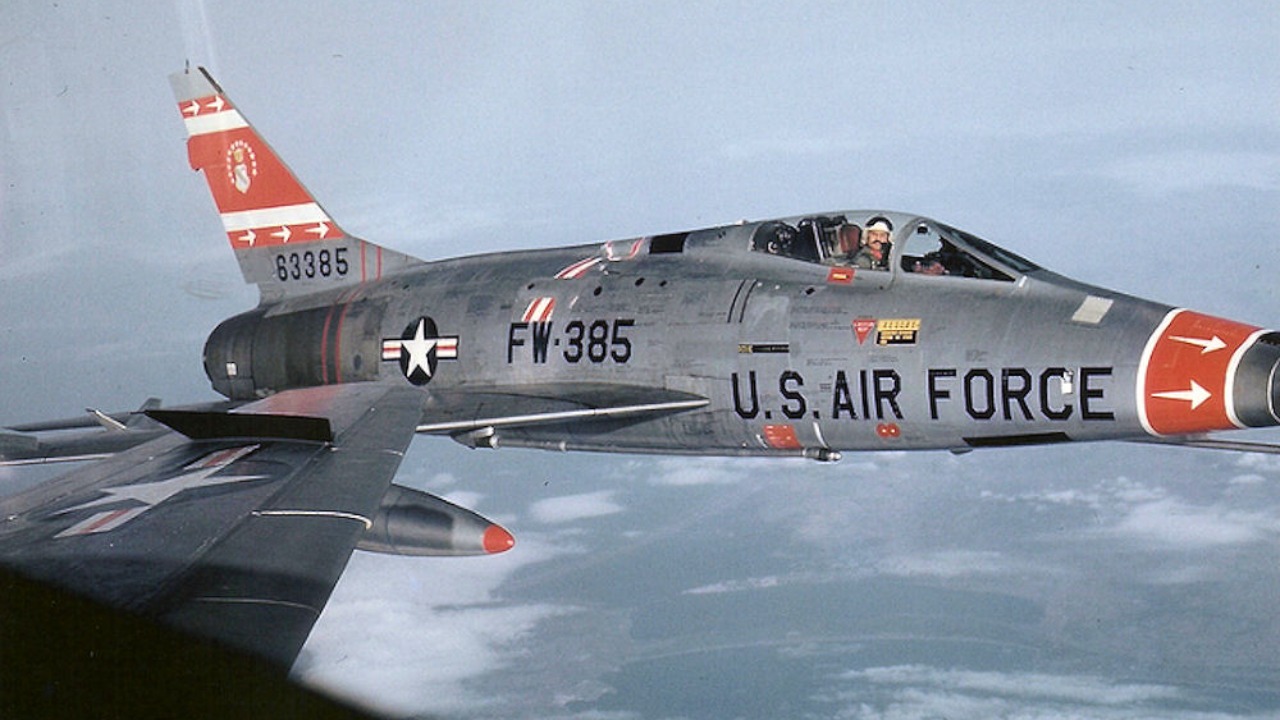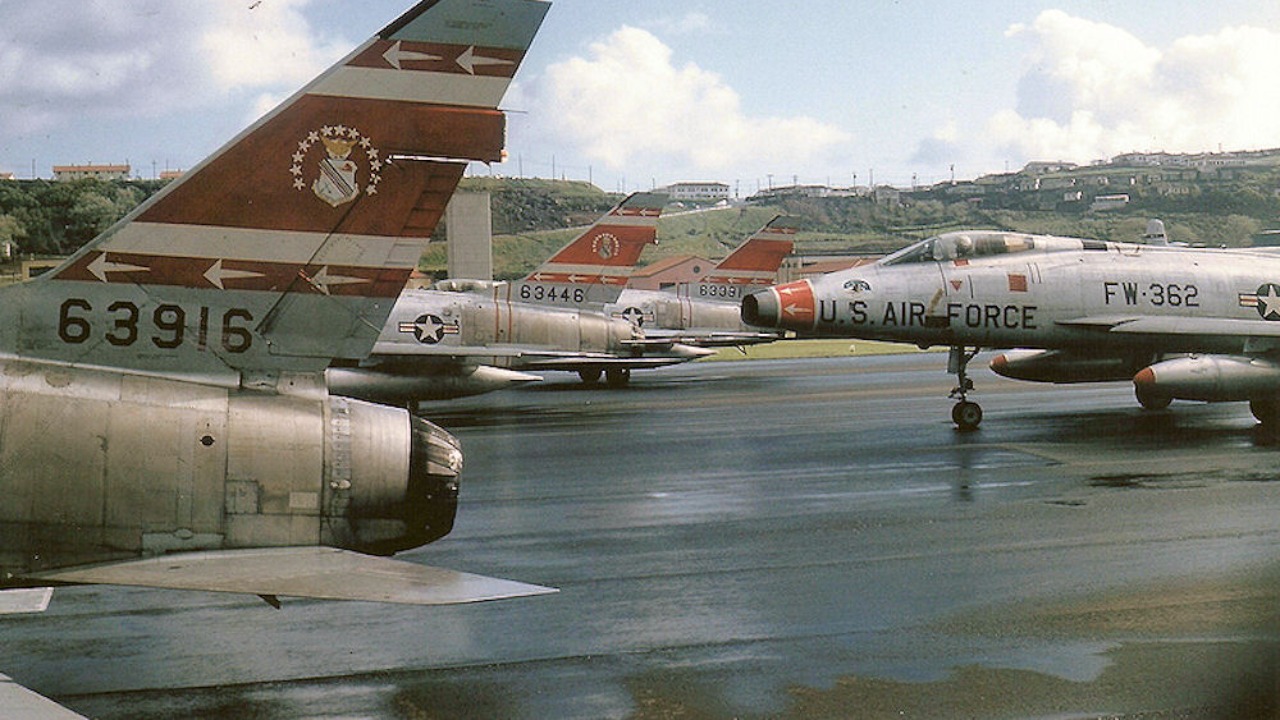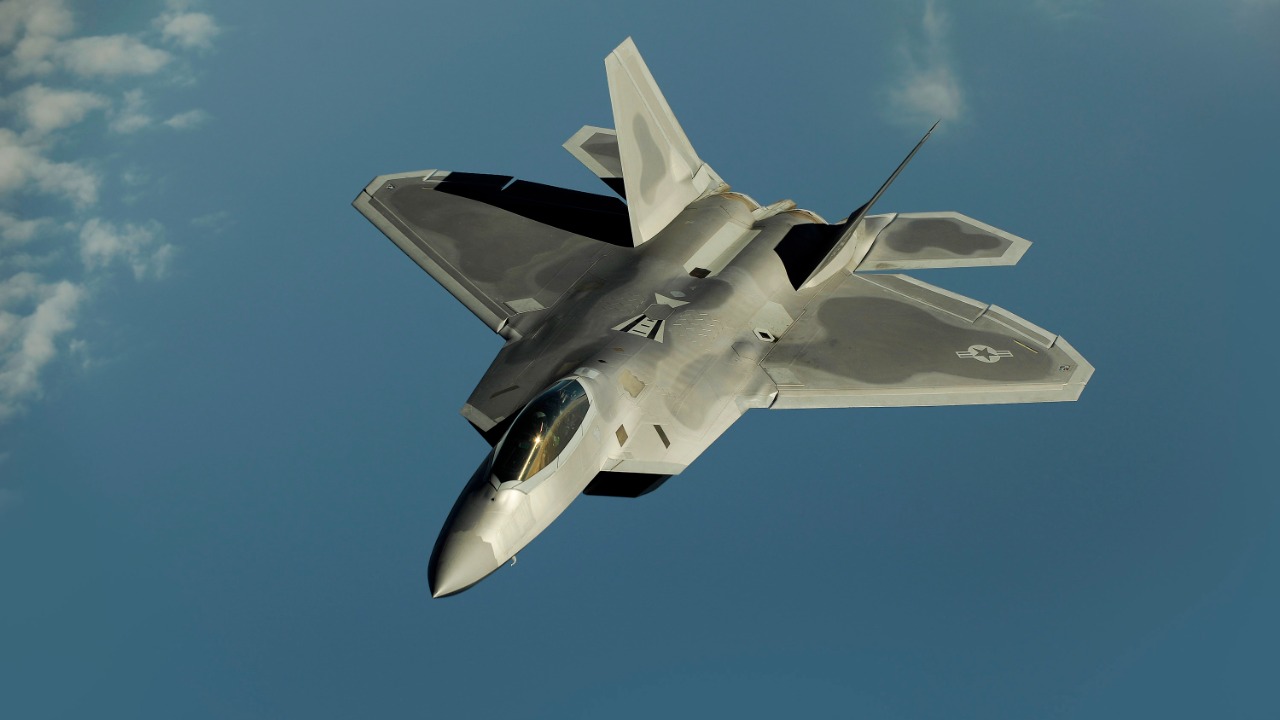
The advent of supersonic fighter jets marked a significant milestone in aviation history, revolutionizing military capabilities. While many jets have reached supersonic speeds since their inception, identifying the first supersonic fighter jet is essential to understanding the evolution of aerial combat. This exploration delves into the origins and significance of the first supersonic fighter jet, examining its development, impact, and legacy.
The Race to Break the Sound Barrier

Early Attempts and Challenges
The pursuit of supersonic flight began in earnest during the 1940s, a period characterized by rapid technological advancements and intense international competition. Engineers and scientists faced numerous technological hurdles, primarily related to understanding and overcoming the effects of shock waves and aerodynamic heating. The critical challenge was designing airframes capable of withstanding the intense stresses encountered at speeds beyond Mach 1. Early jet engines also required significant enhancements to produce the necessary thrust for supersonic speeds.
Key Players in Aviation
Several aviation companies and nations were at the forefront of this race. In the United States, North American Aviation and Lockheed Martin emerged as key players, while the Soviet Union, with its Mikoyan-Gurevich design bureau, posed a significant challenge. The British were also actively involved, with companies like de Havilland making strides in jet technology. Each entity brought unique innovations to the table, contributing to the rapid advancement of aviation technology during this era.
The Role of Test Pilots
Test pilots played an indispensable role in achieving supersonic flight. These individuals risked their lives to push the boundaries of what was possible, often flying experimental aircraft that had not yet been fully tested. Their feedback was crucial in refining designs and improving safety. Legendary test pilots like Chuck Yeager, who famously broke the sound barrier in the Bell X-1 rocket plane, were instrumental in paving the way for the development of supersonic fighter jets.
The Birth of the F-100 Super Sabre

Development and Design
The North American F-100 Super Sabre represents a pivotal moment in aviation history. Developed by North American Aviation, the F-100 was the first fighter jet capable of sustained supersonic flight in level flight, marking a significant leap forward in aircraft design. The design process was rigorous, focusing on improving aerodynamics and engine performance to achieve the desired speed capabilities.
First Flights and Achievements
The F-100 Super Sabre’s maiden flight took place on May 25, 1953, and it quickly achieved its goal of sustained supersonic flight. Its successful performance in subsequent test flights paved the way for its introduction into the U.S. Air Force. The F-100 set numerous records and established itself as a formidable aircraft in the annals of aviation history.
Operational Role and Deployment
Once operational, the F-100 Super Sabre became an integral part of the U.S. Air Force’s fighter fleet. It was deployed extensively during the Cold War era, contributing to various military operations and showcasing its capabilities in diverse combat scenarios. Its presence in the air provided a strategic advantage, reinforcing the United States’ air superiority during this period of geopolitical tension.
Technical Innovations and Features

Aerodynamics and Engineering
The F-100’s ability to achieve supersonic speeds was largely due to its groundbreaking aerodynamic design and engineering. The aircraft featured a swept-wing design that reduced drag and enhanced stability at high speeds. Engineers employed advanced materials and construction techniques to ensure the aircraft’s structural integrity under the extreme conditions of supersonic flight.
Weapon Systems and Armament
The F-100 was equipped with a range of weapon systems that enhanced its combat effectiveness. It carried a variety of munitions, including missiles and bombs, allowing it to engage both air and ground targets effectively. This versatility made it a valuable asset in combat scenarios, where it could adapt to different mission requirements.
Performance Metrics
The F-100 Super Sabre boasted impressive performance metrics, including a top speed exceeding Mach 1. Its range and maneuverability were also noteworthy, allowing it to undertake long-range missions and engage in complex aerial maneuvers. These capabilities solidified its reputation as a cutting-edge fighter jet of its time.
Impact on Military Aviation

Strategic Advantages
The introduction of the F-100 Super Sabre brought about significant changes in military strategies and aerial combat tactics. Its speed and agility allowed for rapid response and interception, giving military commanders greater flexibility in deploying air assets. This strategic advantage was crucial during the Cold War, where quick reaction capabilities were essential.
Influence on Subsequent Designs
The F-100’s success had a lasting influence on the design and development of subsequent supersonic fighter jets. Its innovations in aerodynamics and engineering set a precedent for future aircraft, inspiring advancements that would lead to the creation of even more advanced fighters like the F-4 Phantom and the F-15 Eagle. These later models built upon the foundation laid by the F-100, pushing the boundaries of speed and performance even further.
Lessons Learned and Legacy
The experience gained from the F-100’s service provided valuable lessons for future aircraft development. Its operational history highlighted the importance of continuous innovation and adaptation in military aviation. The F-100’s legacy endures, serving as a reminder of the pivotal role it played in advancing air combat capabilities and shaping the future of aviation.
The Future of Supersonic Flight

Modern Supersonic Fighter Jets
Today’s supersonic fighter jets, like the F-22 Raptor and the Eurofighter Typhoon, are direct descendants of the pioneering efforts embodied by the F-100 Super Sabre. These modern aircraft incorporate advanced stealth technology, sophisticated avionics, and enhanced weapon systems, building upon the foundation of speed and agility established by their predecessors.
Advancements in Technology
Recent technological advancements continue to push the boundaries of supersonic flight. Innovations in materials science, propulsion systems, and computational aerodynamics have led to the development of aircraft capable of achieving even higher speeds and greater efficiency. These advancements promise to shape the future of both military and commercial aviation.
Challenges and Prospects
Despite the progress made, challenges remain in the pursuit of supersonic flight. Issues such as noise pollution, environmental impact, and cost continue to pose obstacles. However, ongoing research and development efforts are focused on addressing these challenges, with the goal of making supersonic flight more accessible and sustainable. The future prospects for supersonic aviation remain promising, as evidenced by the resurgence of interest in supersonic commercial travel.